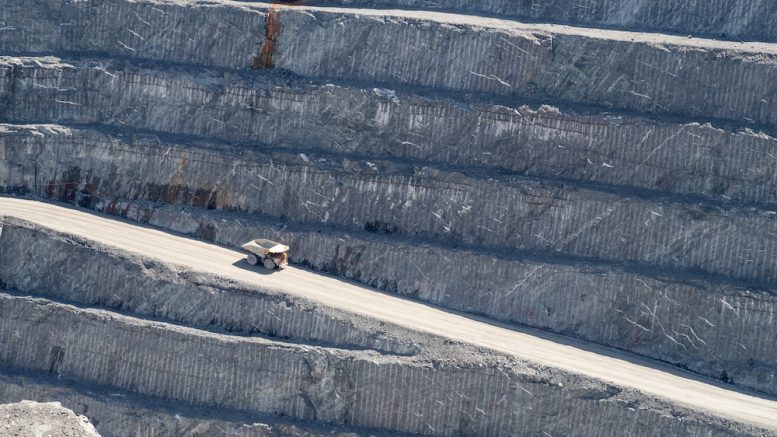As mining companies across Canada face budget cuts and more pressure to make sound investments, it has never been more important to make the most of every cent available. Canada has one of the most generous tax credit programs in the world, yet many in the industry are either not aware it exists, or wrongly assume it does not apply to them.
The main tax incentive for research and development in the mining industry is the Scientific Research and Experimental Development (SR&ED) program, awarded by the Canada Revenue Agency (CRA). The name conjures up images of scientists in lab coats – a far cry from the world of drilling and mining, which may be another reason it is often overlooked.
In fact, industries related to natural resources typically have some of the lowest claim rates. While different rules govern how SR&ED is awarded in the case of mining, successful claims can potentially contribute thousands of dollars to a project, so it is worth a closer look.
SR&ED legislation specifically excludes claiming for activities related to ‘prospecting, exploring or drilling for, or producing, minerals, petroleum or natural gas.’ This is all considered field work carried out as part of business operations in the resources sector.
This wording can be a stumbling block for Canadian mining companies, and the headline exclusion of prospecting for minerals may deter many companies from exploring a claim for SR&ED Investment Tax Credits. What many financial officers overlook is that the regulation does not disregard supporting activities. As innovation is found in virtually every aspect of the mining industry, millions of dollars may be missed by this simple misunderstanding.
There are some key areas of the industry that are more likely to be eligible for tax credits, including:
- The design and engineering of new systems or components used in the extraction and processing of materials;
- The development of components for the industry where the work experiences technological uncertainty; and
- Technology that can be used to maintain equipment used by mining companies in Canada.
What does qualifying activity look like?
It can be difficult to predict exactly what the CRA will deem to be qualifying activity, so it’s worth going into the claims process with a solid understanding of the kind of innovation and R&D they will be looking for.
Some aspects of labour may qualify, including the personnel employed by the company, as well as any subcontractors. Any work that is directly related to the SR&ED activity could be eligible — outside of operations aspects such as marketing, sales and customer service. The CRA recognizes that a significant aspect of any R&D involves the time spent by personnel in successfully completing the project. One caveat: all employees and subcontractors must be Canadian-taxable suppliers. The development of new technology used by miners, as well as investment in capital equipment could also be eligible. You may even be able to secure funding from the payments made to third party researchers to conduct the necessary R&D on your behalf.
The CRA looks particularly favourably on mining companies’ efforts to improve processes in line with environmental concerns. This could include anything from reducing greenhouse gas emissions from machinery to mine reclamation. The regulation does not specifically exclude mineral processing technology either, so any investment into ore feed changes or reducing energy consumption could be eligible for SR&ED.
Investment in new mineral exploration technology and methods, software and equipment that makes finding deposits easier and reduces environmental impacts could also be eligible.
How much are these tax credits worth?
Once all the qualifying activity has been taken into account, companies can expect the funding to be awarded in two different credits. This all depends on the corporate structure of the company, as well as the province in which it is based.
Companies can claim a refundable Federal Investment Tax Credit of 35% on activity directly attributed to innovation. Alongside this, the Provincial Refundable Investment Tax Credit rate varies, so for example, the metal and coal mining companies of British Columbia would be able to claim a further 10% in refundable credits, as that is what the provincial program offers.
Canada’s mining sector is investing heavily in new technology and practices to keep up with global challenges around the use of natural resources. So long as mining companies can come to grips with federal tax credit rules on what might be eligible, they can tap funding that will help them continue to invest in innovation.
Richard Hoy, president of specialist tax consultancy Catax Canada can be reached at Richard.Hoy@catax.com.




Most Canadian accounting firms that specialize in SR&ED can ascertain in a 15-20 minute Zoom call whether or not a company may have some credits available to them. These firms work hand in hand with a corporations current accountants. My advice is find an accounting firm that deals in SR&ED, as opposed to a consulting company with no accountants in house. You can find them on Google.